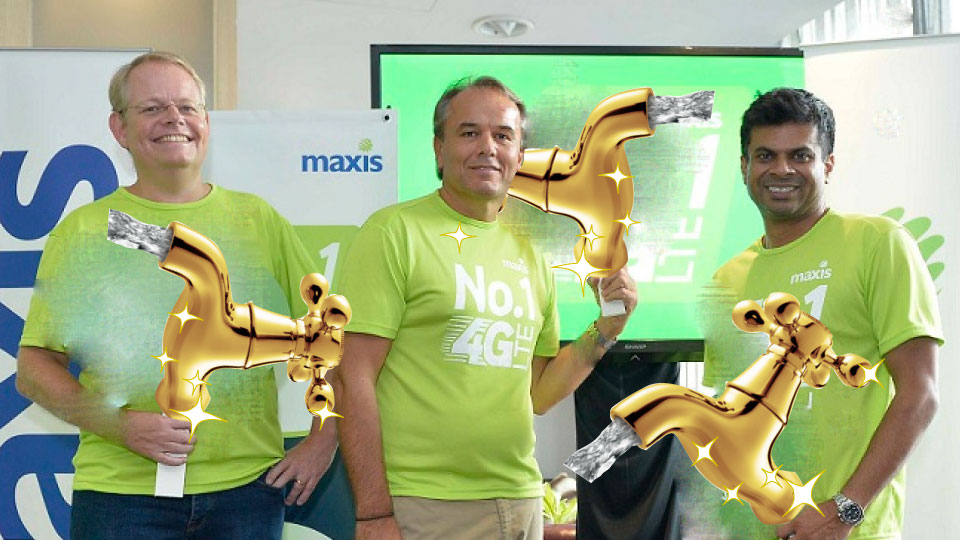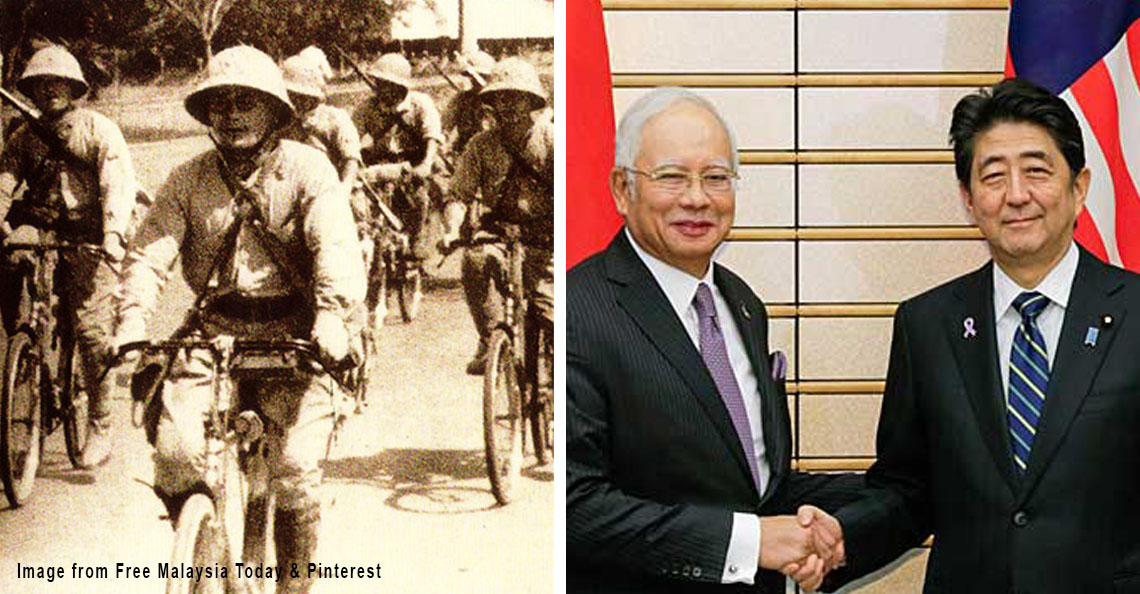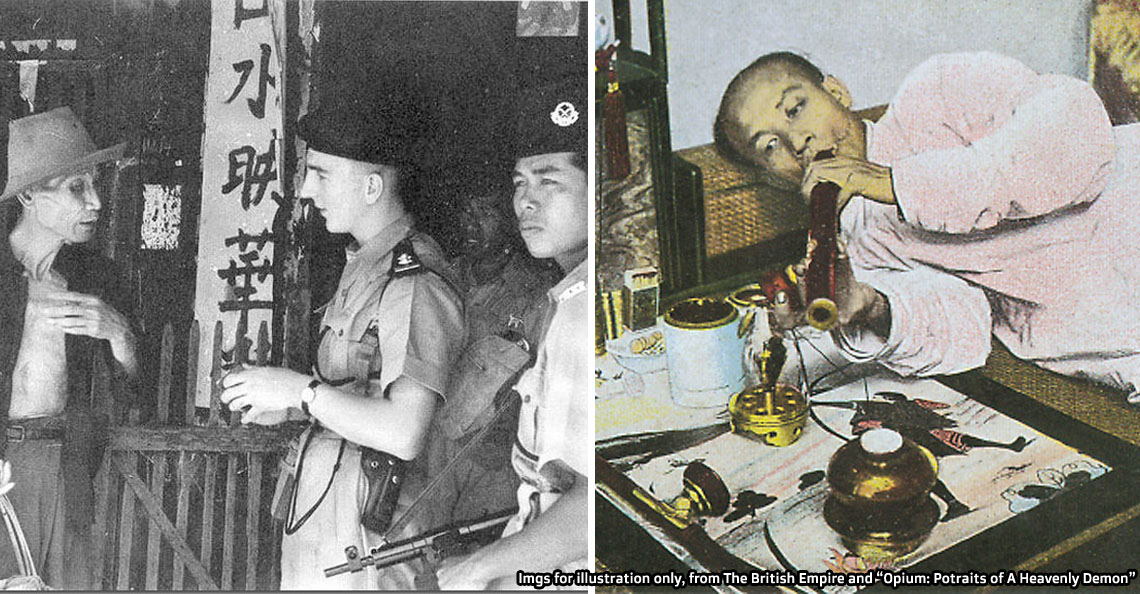7 times Malaysian animals changed the course of our history
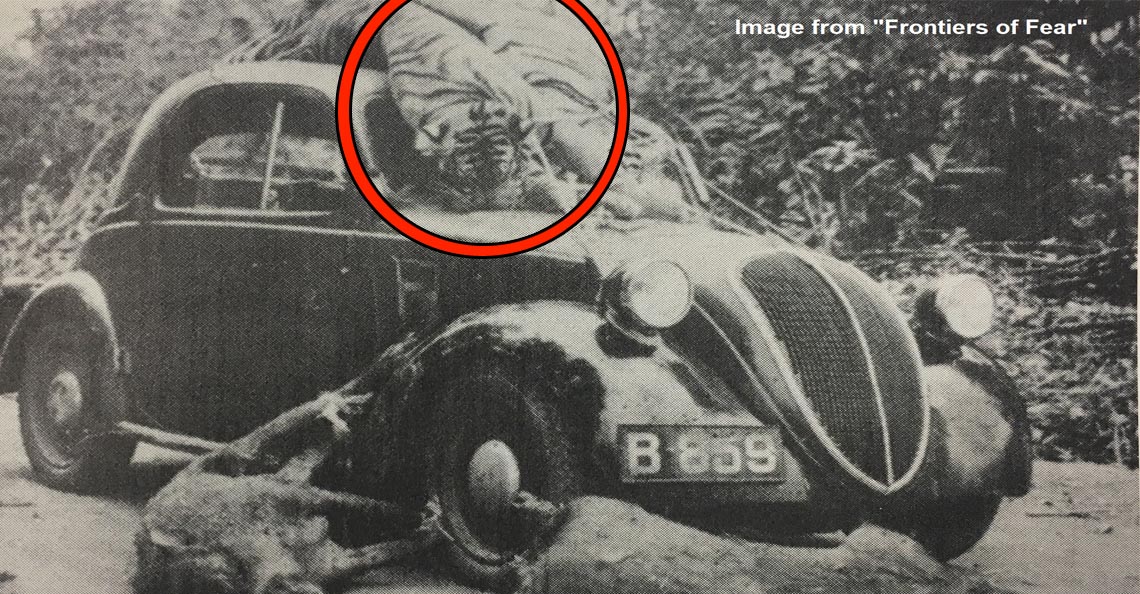
- 1.8KShares
- Facebook1.6K
- Twitter26
- LinkedIn33
- Email30
- WhatsApp65
What comes to your mind when people say ‘Rakyat Malaysia‘? For many people, it’s probably a very corporate picture of a member of each race in their traditional costume, all of them holding miniature Malaysian flags. Whatever your picture of ‘Malaysian’ is, we can probably say that it’s not quite what Maxis is thinking for Merdeka this year.
The Malaysians they’re celebrating are often left out of the whole Merdeka hullabaloo, and some may even say that they are… increasingly hard to find.
Maxis sent 3 photographers into Taman Negara to hopefully catch a glimpse of the underappreciated rakyat, but they sadly came out 2 days later with nothing captured on their motion-sensing Huawei P20 phones. Why? Well, these animals aren’t as common as they used to be. How uncommon? The IUCN actually has a scale that shows how endangered each of these rakyat are, and most of them are classified as Endangered (EN) or worse.

Whether it’s through over-logging, poaching, or dangerous roads they have to cross, Malaysia’s animals are under threat, and if there’s one thing in common with all these causes, it’s that they’re all man-made. So this 31st August, Maxis wants to make a difference.
To help them, you can make a pledge with the hashtag #KitaRakyatMalaysia, and Maxis will donate RM1 to PERHILITAN (The Malaysian Department of Wildlife and National Parks) to help them in their conservation efforts.
But what makes these animals true Rakyat? Well as with us regular rakyat, it’s all about heritage. To see how these animals contributed to the Malaysia we know and love today, we took a trip to the National Library, scoured the Net and we discovered some animals that amazingly might have changed the course of this country’s history.
1. The were-tiger of Malaya that captured a British official’s heart

Dongeng-ness: 0/5 Toyols Were-tigers might be fictional, but the British official’s love for them is real.
![]()
In 1887, an English official named Hugh Clifford was sent to Pahang to persuade Sultan Ahmad to strike a deal with the British. Since he was sent alone, he had to make friends with the Pahang Malay community for the two years he was there. During that period, he amassed an intimate knowledge about the Malays, and by the time he got promoted to Resident, he had written several books of the legends told to him by the locals. One of those books, was abouta series of mysterious attacks on a place called Lembah Tembeling by… a were-tiger.
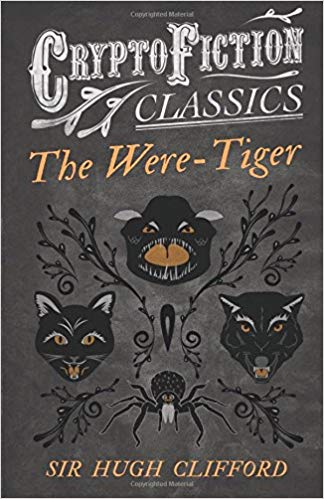
Were-tigers are believed to be people who can willingly transform into a tiger and back, traditionally through either inheritance, black magic or through fasting, and Malay and Orang Asli lore are rife with their tales. One way you can identify a were-tiger is if a person suddenly vomits chicken feathers (chickens are their favorite snack), or by having an un-creased upper lip.

Hold up. How do these people know that these weren’t just regular tiger attacks? Well, for one thing, the bodies of the victims (a family of nine) were left uneaten, with only their bloods drained. Also, according to Hugh, this had been the only case of tiger attack inside a human dwelling. Anyways, Hugh loved Malay legends like these so much that even when he was sent to other British colonies for 24 years, he kept writing several other books on his time in Malaya.
This made him a subject expert on Malaya, and his books helped to expose the western world to Malay culture. In 1927, he returned to serve as a well-liked Governor of the Straits Settlements, before finally retiring in 1929.
Current status in Malaysia: Less than 200. Seen more often in logos and sports than in real life. (CR – Critically endangered)
2. The cats parachuted into Sarawak to wage war on rats
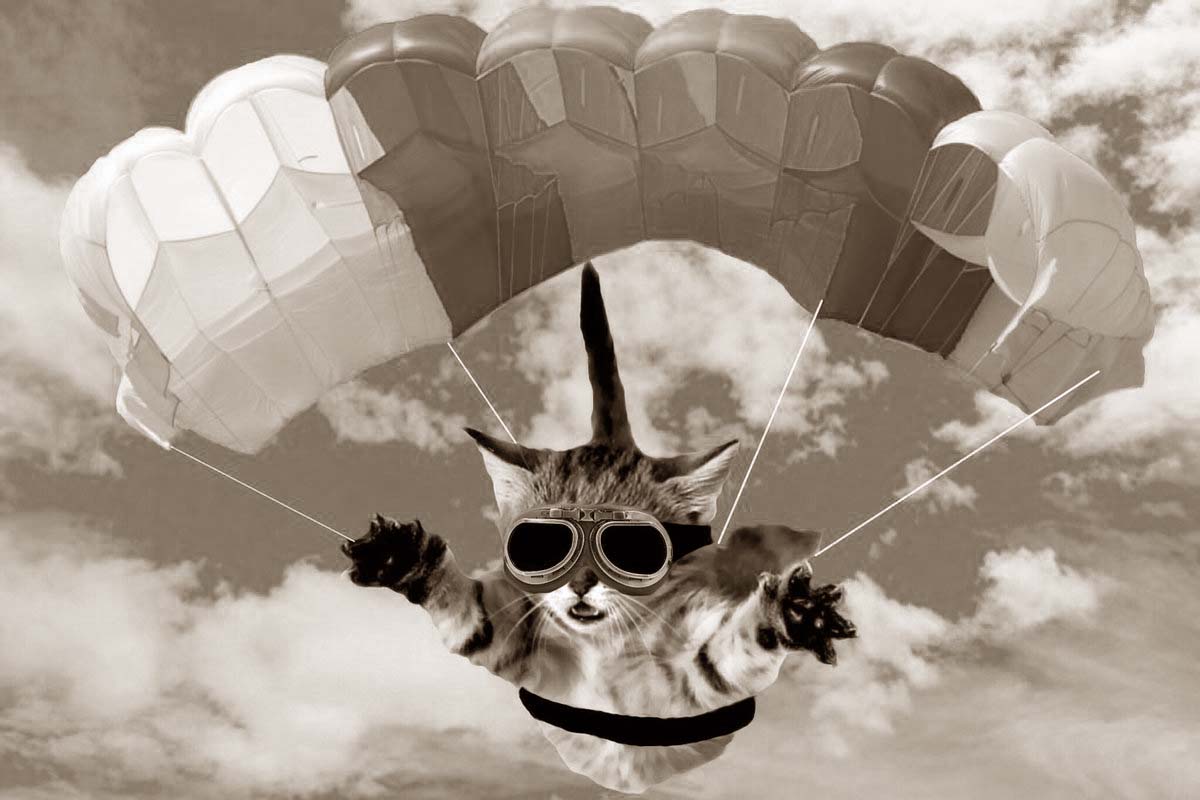
Dongeng-ness: 1/5 Toyols Covered by New York Times and TIME Magazine, with official records. Although we’re not sure if they had individual parachutes or… goggles.
![]()
We probably don’t need to describe malaria in detail, but just FYI it’s a deadly disease carried by mosquitoes, and it’s a pretty huge menace back then, particularly in Sabah and Sarawak. The World Health Organization (WHO) was trying to eradicate it back then, and they came up with a plan called indoor residual spraying (IRS), which involves spraying insecticides to the insides of houses so that they stick around and kill the malarial mosquitoes.
The only problem with their plan was the insecticide used: a cheap but effective poison called DDT (dichlorodiphenyltrichloroethane), which is well-known to be really harmful to the environment and takes a hella long time to break down. So anyway, the spraying not only killed mosquitoes, but several other bugs as well. These DDT-tainted bugs were then eaten by lizards, which then gets eaten by the local cats, which subsequently killed them.
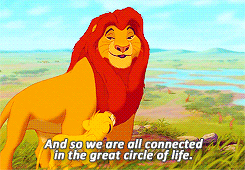
Ironically, when the cats were all gone, Sarawakian rats partied and multiplied, causing new threats like the plague and typhus. There’s a whole other mess to clean up now, and this is where it gets weird. Tom Harrison, an England-born soldier who served in Sarawak, had claimed to part of a WHO operation where they collected new cats from the coastal towns, placed them in “parachute-borne containers bulging with cats of every degree of age and rage“, then asked the Royal Air Force (RAF) to fly out from Kuching (heh) and dropped them into the interior regions.
To be fair, parts of the story had been disputed by several people, and the cartoonlike drawings of cats in diaperlike harnesses attached to parachutes found in Tom’s report didn’t help. But then there’s this:
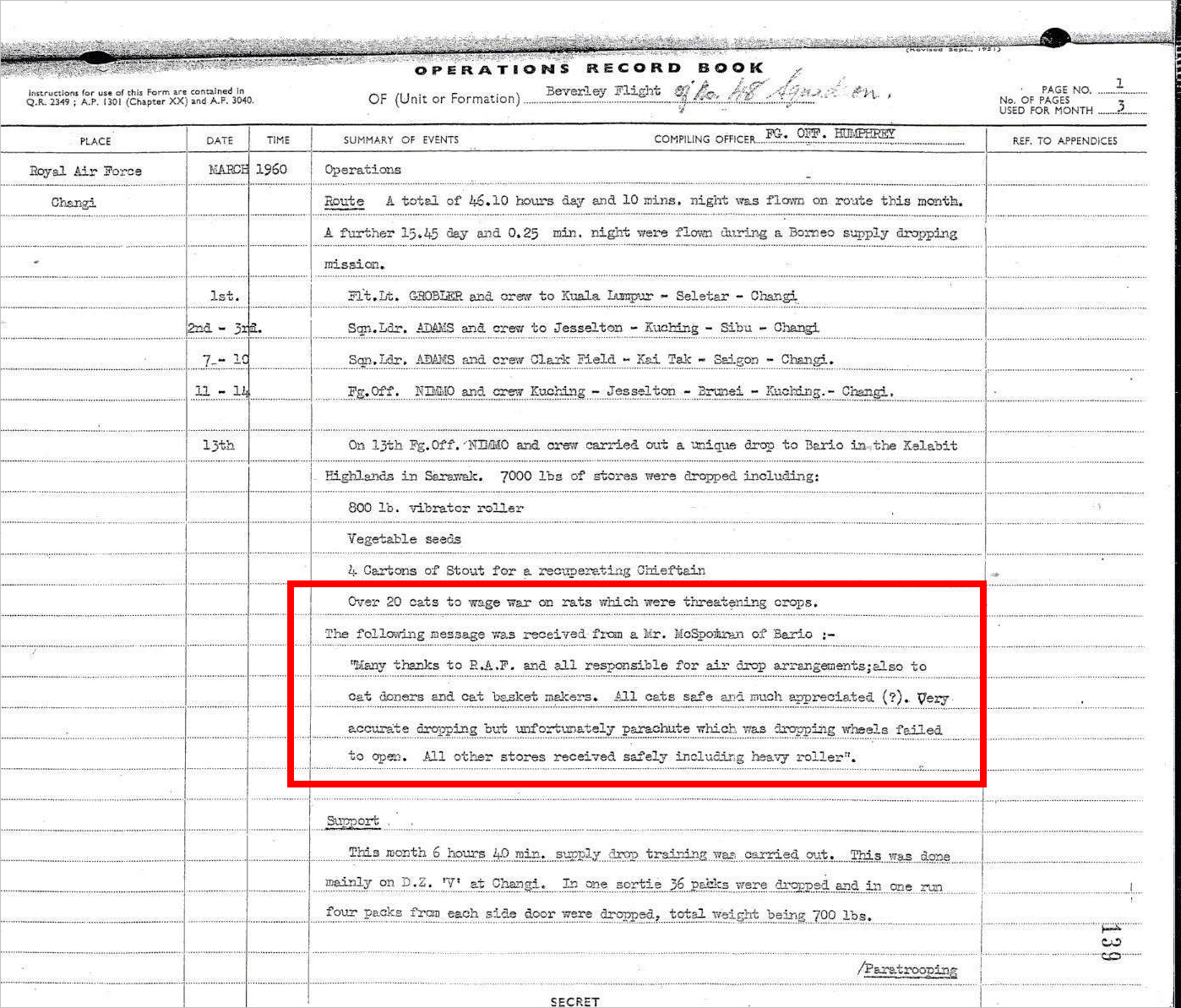
So did cats really fall out of Sarawak’s skies? On one hand, for a big place like 1960s Sarawak with not much land connectivity, airdropping stuff does seem like a relatively good solution. On the other hand… parachuting cats. We’ll let you decide this one.
Current status in Malaysia: Order something at a hawker’s stall and five will come up to you. (Not even on IUCN’s list)
3. A half-human, half-orangutan that saved its village from headhunters
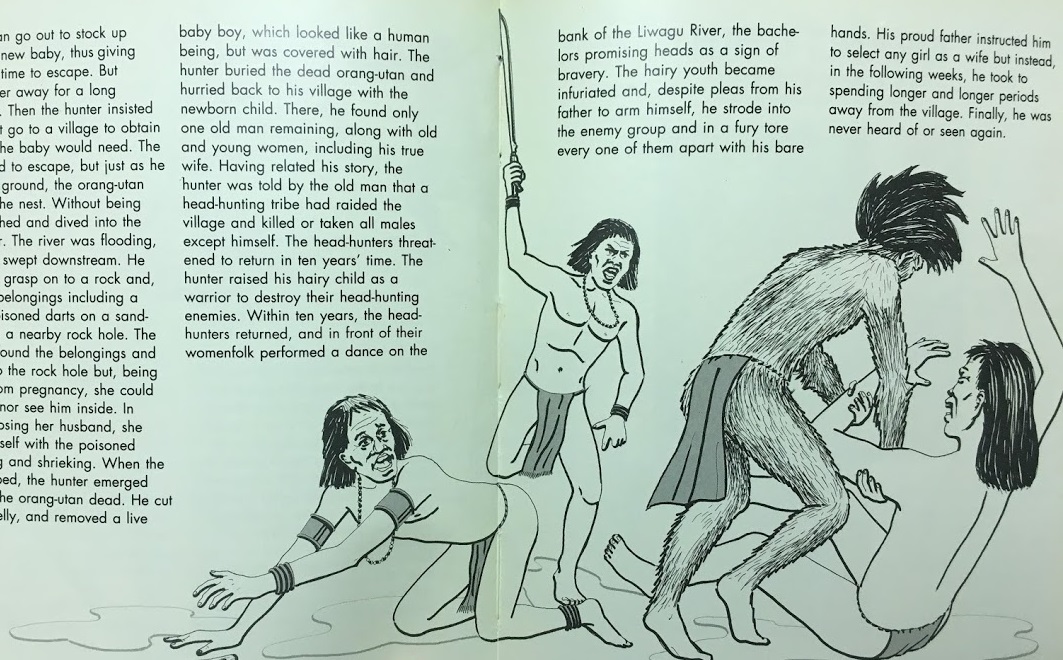
Dongeng-ness: 3.5/5 toyols. While there may have been talk about human-orangutan hybrids being possible, a real one has yet to be documented. Plus it grew up to be a warrior and disappeared without trace, so… yeah.
![]()
This tale was told by Ansow Gunsalam in the 1983 edition of the Sabah Society Magazine, and it tells of how a hunter from Pinosuk, near Kundasang, Sabah, ran into a female orangutan while walking in the jungle. You probably know where this is going. Anyways… people used to believe that orangutans can speak and cast spells, so when the orangutan threatened the hunter to Netflix and chill at her place on a tall tree, the hunter complied.
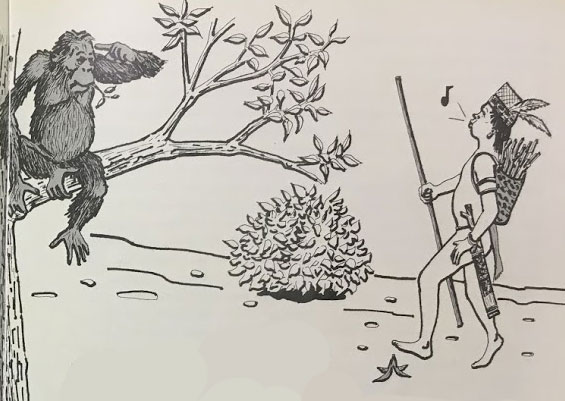
So the hunter stayed the orangutan’s prisoner for two years, and eventually the orangutan got pregnant with the hunter’s child. The hunter kept trying to escape while the orangutan went out to gather food, but the orangutan always returned before he could. So one day, the hunter suggested that the orangutan go to a far village to get rice for their future child, and he managed to escape this time, but barely. He only had time to hide in a nearby bush when the orangutan returned.
The orangutan, realizing that her lover/prisoner had escaped, broke down and stabbed herself with a poison dart left by the hunter. After she dropped dead, the hunter cut open her belly and took out a living baby that looked like a human, but was hairy like an orangutan. He returned to his village with the baby, but found that a tribe of headhunters had killed off all the men in the village and left, saying that they will return in ten years.
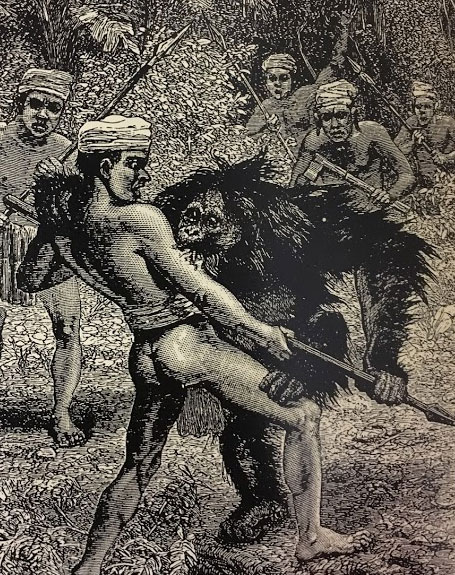
So a training montage (cue ‘Eye of a Tiger’) ensued where the hunter trained the baby to become a warrior that will protect the village, and sure enough, ten years later the headhunters kept their promise and returned. However, all of them were defeated single-handedly by the orangutan-human baby, who still didn’t have a name at this point in the story.
The proud hunter then allowed the orangutan baby to choose any woman in the village he wanted as a wife, but he wasn’t interested. He soon disappeared into the jungle one day and was never heard of again. Well, that’s… convenient.
Current status in Malaysia: 11,000+, down an estimated 60% in the last 60 years. Real, non-magical orangutans are really in danger of extinction. (CR – Critically endangered)
4. The bird that kept shipwrecked Chinese sailors alive
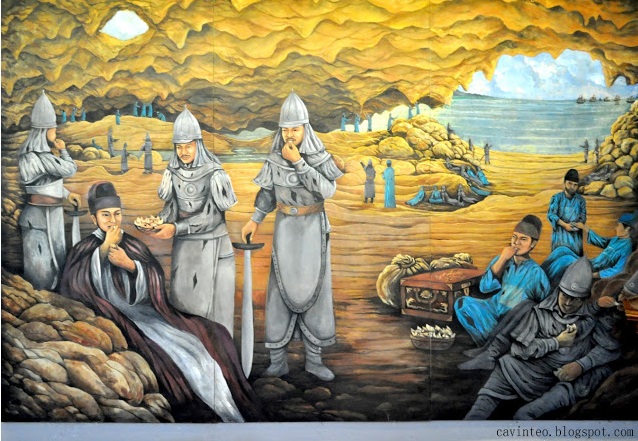
Dongeng-ness: 2.5/5 Toyols Some swear this story is true, others think it’s a marketing ploy.
![]()
Once upon a time, the Admiral Cheng Ho was sailing in Southeast Asia when his ship encountered a horrible storm. They had to land on an island somewhere in the northern part of Kalimantan. Due to low food supplies, Cheng Ho had ordered his crew to collect some bird nests found sticking on the island’s cliff faces and cook them up in a soup.
What seemed like a depressing meal turned out to be quite nutritious, and the crew found that they felt a lot healthier and stronger after eating the soup. Realizing that he was on to something, Cheng Ho ordered for more birds’ nest to be collected, and these were taken back to China and made into a gift to the Emperor.

These birds turned out to be swiftlets, and since then, birds’ nest has been a sort of atas traditional Chinese food, with prices reaching up to RM66,000 per kilo in China. Actual nutritional value has been pooh-poohed(or ptui-tui-ed?), but studies have revealed some benefits.
Current status in Malaysia: People actually race each other to build houses for these guys, so not really endangered lah. (LC – Least Concern)
5. The two animals that started and ended Malacca
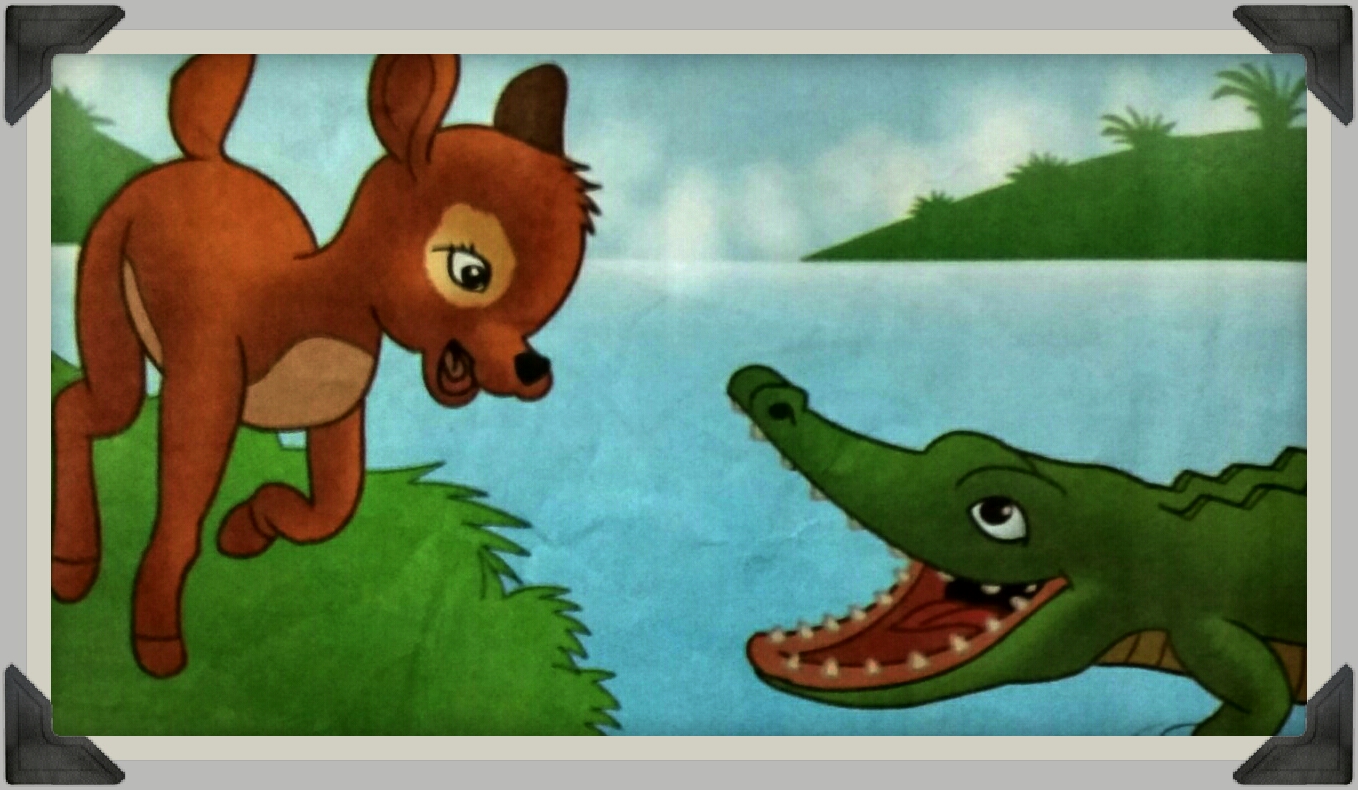
Dongeng-ness: 3.5/5 Toyols Both the texts we’re mentioning are a mixture of historical facts and literary whim, so we’d say this one is a mixed bag.
![]()
Melaka was founded by a guy named Parameswara (aka Iskandar Shah), and according to a historical text called the Malay Annals (Sejarah Melayu), a mouse deer (kancil) kicked his hunting dog into the river. Parameswara was said to be so impressed by this, he founded Malacca on the spot, naming the kingdom after the tree he was under.
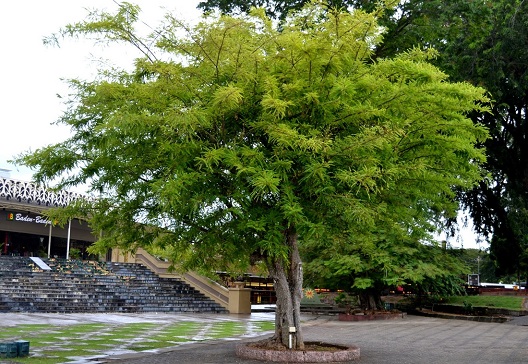
The crocodile, on the other hand, had a small part in another text called the Hikayat Hang Tuah. It was said that the Sultan of Malacca at the time was on a boat and was leaning over to look at goldfishes in the ocean (?), and his crown fell in. Hang Tuah had to dive in to try to get the crown back, and he already had the lost crown in his hands, but out of nowhere a white crocodile came and snatched at his legendary keris, causing him to drop the crown into the river out of shock.
He lost both the crown and his weapon, and both the Sultan and Hang Tuah fell ill from the loss. This incident was said to symbolically foreshadow the fall of Malacca, or maybe even literally, as the Portuguese attack happened while both the Sultan and Hang Tuah (the admiral) were still recovering.
Coincidentally, both of these animals were featured in one fable together, called the tale of the kancil and the buaya. That story is part of the Sang Kancil series, where animals can talk and there are lessons to impart and all.
Current status in Malaysia: The IUCN didn’t have enough data on the mouse deer, but crocodiles are categorized as LC – Least Concern, meaning both aren’t really endangered. However, other local deer and crocodiles, like the sambar deer (Rusa unicolor) and the Malayan gharial (Tomistoma schlegelii), have been listed as VU – Vulnerable.
6. The elephants that made Perak er… Perak.
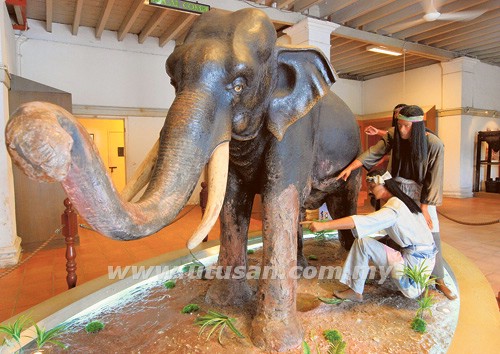
Dongeng-ness: 1/5 Toyols Really hard to disprove this one.
![]()
Among the animals we’ve pored over, elephants are probably the most mentioned in Malaya’s history. In a 1975 thesis written by Barbara June Watson Andaya, the popularity of elephants among Malay rulers were influenced by India, and elephant hunting was regarded as the sport of kings :(. The Kedah-Siam conflict (in the 1820s) featured a lot of elephants, from war elephants employed by Siam to Kedah’s Sultan Ahmad Tajuddin’s elephant, on which he escaped to Seberang Prai while scattering coins to delay his pursuers.

Some sources spoke of how Perak’s Sultan Mansur Shah gifted a special, twenty-toed elephant (normal elephants have between 16-18 toes #themoreyouknow) named Chapang Pileh to Siam’s King Rama II sometime in the 1820s, an act that freed Perak from Siam’s influence. But besides being used by royalty in war, elephants have also changed history in other ways.
One record we’ve found of that was compiled by a headman of a village in Perak, and it details how a guy named Long Jaafar became known as the first to discover tin mining in Larut. He moved to the area from southern Perak in 1848 with his family on their pet elephant, and after a few months of staying there he found Larut (the elephant) to be missing one day.
The elephant returned in the evening covered with mud filled with white specks, which he later realized were tin ores. The following day, Long secretly followed his elephant to the wallowing place, and he found a place filled with many elephants, also covered in mud and tin ore. He decided to start a tin mining business, but he had no capital or knowledge to do so.

So he went to Penang and enlisted the help of Chinese miners, and they started at a place called Kelian Pauh. The first mining site was a huge success, and the surrounding forests were cleared as more and more people poured in. The place became a mining town, and Long Jaafar was appointed as a dignitary there. The developed town was given the name of Larut, based on the name of the elephant that started it all.
Current status in Malaysia: Although there seems to be plenty in our zoos and animal parks, Asian elephants are slowly decreasing in number. (EN – Endangered)
Dongeng or real, these stories point to a real, bigger story
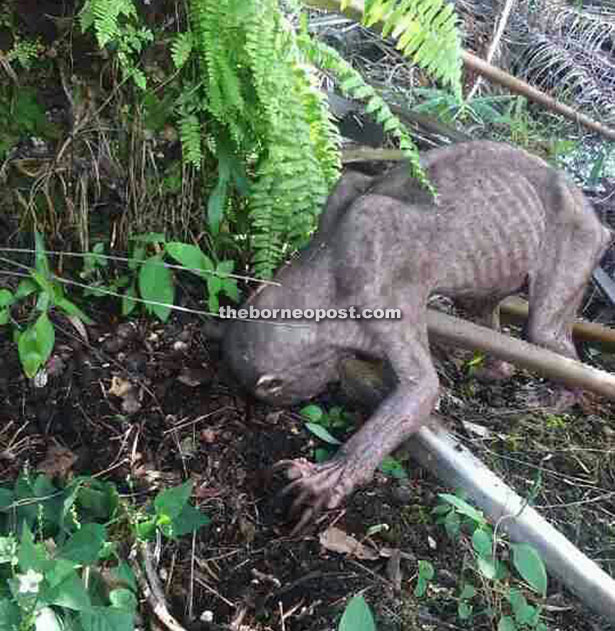
Okay, we admit that some of the ‘historical’ stories we’ve featured are a bit… unbelievable (we did mention it in the title). But here’s the thing: we didn’t pull any of these stories out of thin air. Some where, sometime, someone took the time to write these stories and others retold them for generations. Whether these amazing creatures REALLY did these amazing feats, or didn’t, many of us would LIKE to believe that they did, and so our history is shaped.
As the MAXIS video showed us – today, we see many of these animals more in video games and cartoons than we do in real life.. A Cambridge research even found that children can identify Pokemon better than they can identify real-life animals and plants. Part of it is due to modernization, but it may also have something to do with some of the animals in this article being endangered.

Both the Malayan tiger and the orangutan are listed as critically endangered in the IUCN Red List, which means that they have a very real chance of dying out completely, like what happened to our Sumatran rhinos. Many other Malaysian animals we didn’t mention in this article are also in danger, like tapirs, gaurs, deers, terrapins – animals that most people have trouble visualizing, let alone having seen in person outside of zoos.
So, to help with that endeavour, Maxis is calling upon Malaysians to make these concerns real. They’re encouraging ugaiz to state your pledges on social media regarding what YOU can do for our fellow, wilder and more endangered rakyat, with the hashtag #KitaRakyatMalaysia, e.g.
“In the last 5 years, 2,388 animal lives were lost in road accidents. I promise to always drive carefully and stay vigilant on the road, to keep all my fellow Malaysians safe. #KitaRakyatMalaysia“
With each pledge, Maxis themselves pledge to donate RM1 to PERHILITAN to aid their conservation efforts.
What better a time than Merdeka, when we celebrate all that is good with our country, to take a moment to remind ourselves that we share our land with these important creatures, and that they have shaped our history as much as any of us.
- 1.8KShares
- Facebook1.6K
- Twitter26
- LinkedIn33
- Email30
- WhatsApp65

